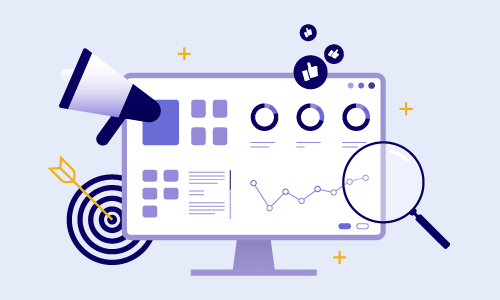Using Food Service Reports to Optimize Your Operation
It goes without saying that food service operators everywhere are constantly seeking new ways to optimize efficiency, maximize budgets, and hit key performance indicators. To achieve these goals, leveraging data to analyze performance – and showcase it to C-level personnel – is crucial. For example, food service reports such as meal service history and cost of overproduction provide insight into areas of improvement and reallocation of resources.
Collecting data in a single location is the first step to capturing a comprehensive view of an operation via food service reports. Yet, even with abundant data generated and made available through integrated technologies, operators often find themselves asking, “How do I make sense of it all?”

Dashboard Analytics & Data Visualization
By utilizing visual elements such as dashboards, charts, and graphs, information becomes easier to interpret and actionable. Operators can identify patterns, pinpoint areas of improvement, and better depict their overall performance – all within a condensed, digestible, and visually captivating format.
While numbers provide transparency, visualizations are the vehicle in which they transform into a greater story that can influence change. Thus, extracting data from food service reports and creating visualizations that highlight critical points can help:
- Improve understanding of complex information
- Enhance awareness of operational activity
- Produce accurate forecasting for future adaptability
- Streamline processes related to the organization
Facts at Your Fingertips
Furthermore, loading visualizations into a dashboard helps staff analyze activity at a glance. Consider lunchtime at a hospital, which includes multiple aspects: meal ordering, food preparation, meal delivery, patient identification, and tray pick-up. With so many factors in play, it is vital to make data analytics as straightforward as possible. Displaying results in a shared space (e.g., on a TV screen in a kitchen) from food service reports like average tray delivery time can:
- Generate real-time results
- Support staff efficiency and agility during peak hours
- Promote teamwork and staff morale by celebrating positive outcomes
- Encourage healthy competition and provide coaching opportunities
- Highlight department strengths and challenges for managers
Data Drives Success
With the key takeaways we’ve presented in this blog article, you are well-equipped to make data-driven decisions. If you are not already doing so, be sure to leverage the power of food service reports, data visualization tools, and dashboard analytics in your operations today. Don’t just guess – assess!